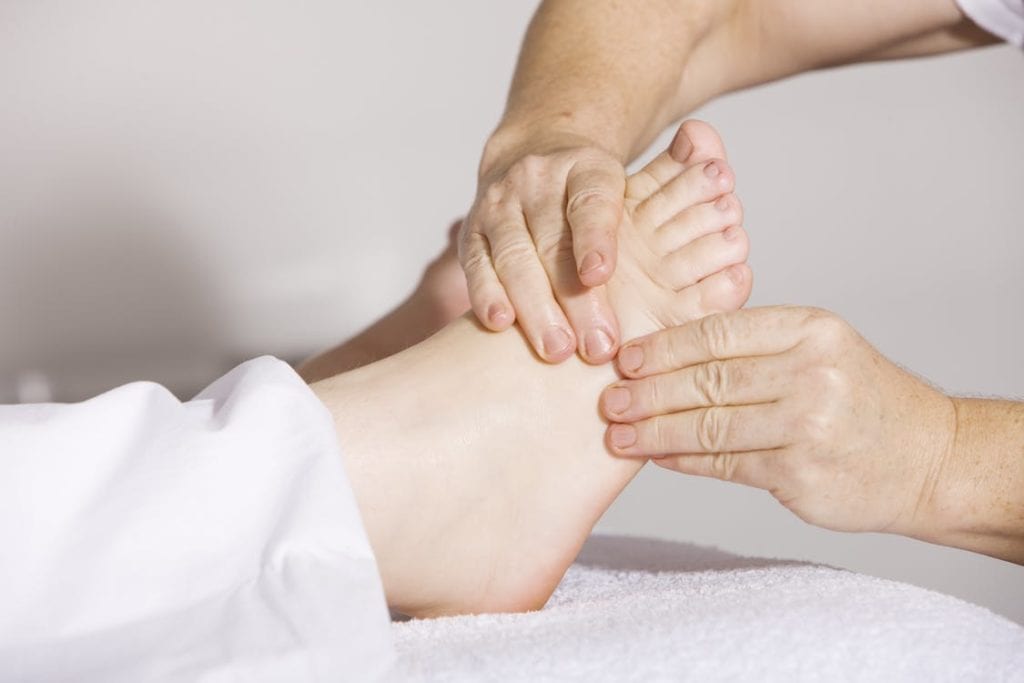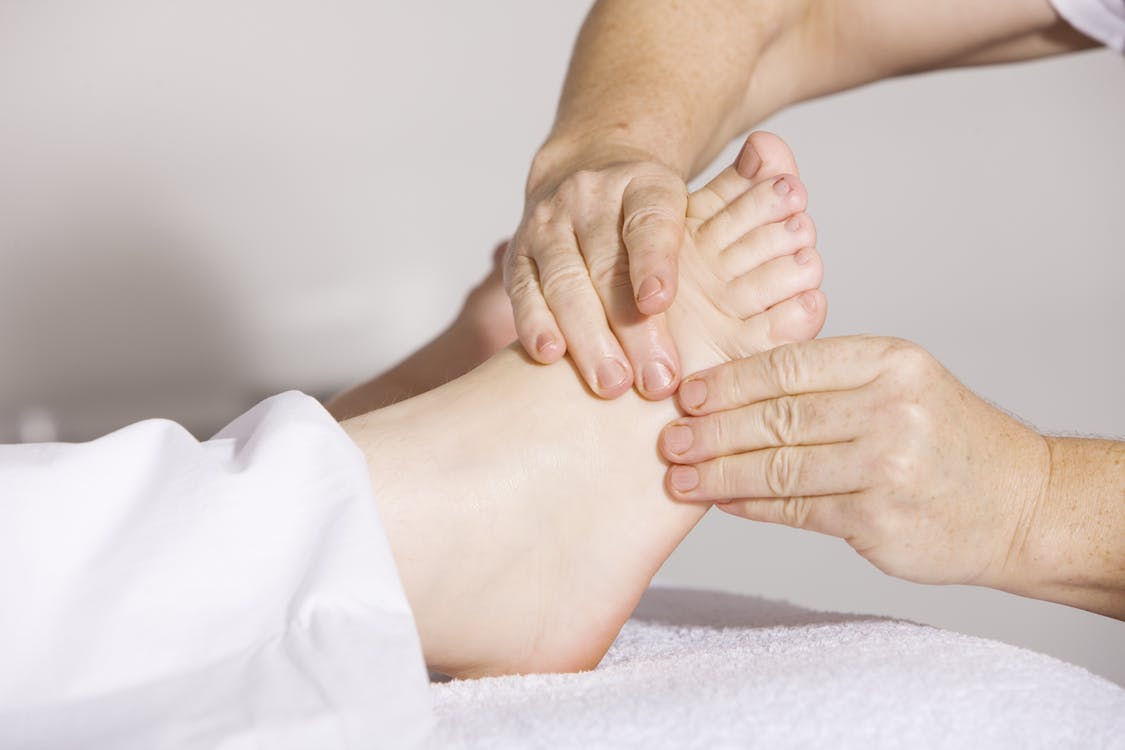
Running is a great leisure and sports activity that can give you a healthy and fit body without much material investment (apart from a good pair of running shoes and your own willpower). While running gets your body in a better shape, it can also increase your risk of injury just like any other physical activity.
Research has shown that one-third of running injuries including plantar fasciitis, Achilles tendonitis, and ankle sprains affect the foot and ankle. You might dismiss foot injuries as nothing serious but it can still end your running career if not treated properly. To prevent foot injuries, runners must also focus on their foot health. Here are some tips to help you get started:
Pick shoes that fit well
If you want to keep your feet healthy, pick shoes that provide adequate support and are well-padded and comfortable to wear. The best time to buy a new pair of shoes is actually in the afternoon when your feet are biggest.
Wearing shoes that are too tight can lead to musculoskeletal conditions such as bunions. Shoes with poor cushioning provide little shock absorption and can increase the stress and tension on your feet and knees. Shoes that are too narrow can predispose you to corns and calluses. On the other hand, shoes that are too wide can make you develop blisters due to the friction of the sliding shoes against your skin.
Moisturize
Runners are more prone to having dry and thick skin on their feet since they undergo a strict training regimen. If you leave dry skin on your feet untended, it might blister or crack. Dry skin can be easily prevented if you regularly apply a moisturizer to your feet between one and three times a day. You can also wrap a thin bandage around your feet and trap the moisturizer for better results.
Ice therapy
It’s normal for your feet to feel sore, hot, and achy after a run. To reduce the heat and swelling, you can apply cold therapy to your feet with an ice pack or you can immerse your feet in a basin of cold water. You can mix Epsom salt in your basin of cold water. Epsom salt is known to help relax your muscles and loosen any of your stiff joints.
Keep your feet clean and dry
Constantly moist feet will be home to fungi that cause athlete’s foot, a common fungal infection characterized by a red and scaly rash. It usually starts in the area between your toes since these areas are dark and moist. To treat athlete’s foot, you can apply an over-the-counter antifungal cream to the affected area.
To prevent athlete’s foot from reoccurring, always observe proper foot hygiene. Keep your feet clean and dry by frequently changing your socks and applying antiperspirants on your feet. Also avoid borrowing towels, socks, and shoes from other runners as athlete’s foot is highly contagious.
Do strength exercises that target your feet
It’s common to sustain injuries when running but there are ways to prevent them such as ensuring that your feet are strong and flexible. Some examples of strength training exercises for your feet include:
- Toe grabs. Using your toes, grab marbles or pencils from the floor and place them in a container.
- Draw the letters of the alphabet using your feet. To strengthen your ankle and feet, try to draw the letters of the alphabet using the big toe of each of your feet.
- Towel pulls. Place a towel on the floor and scrunch it using your toes.
Trim your nails
Long nails can also affect your running performance as these can get caught in your socks and cut the skin of your toes, leading to mild bleeding and pain.
To ensure a healthy pair of feet, you can also seek the help of pedicurists and a podiatrist. Pedicurists can help you trim your nails properly and massage your feet while a podiatrist can help treat your dry and rough skin, remove corns and calluses, and manage other foot-related musculoskeletal problems.
